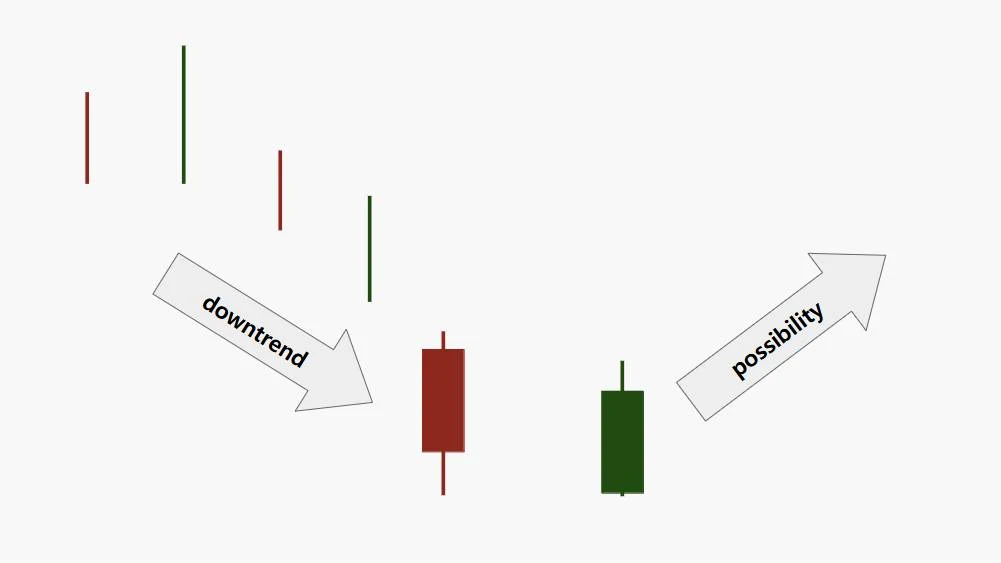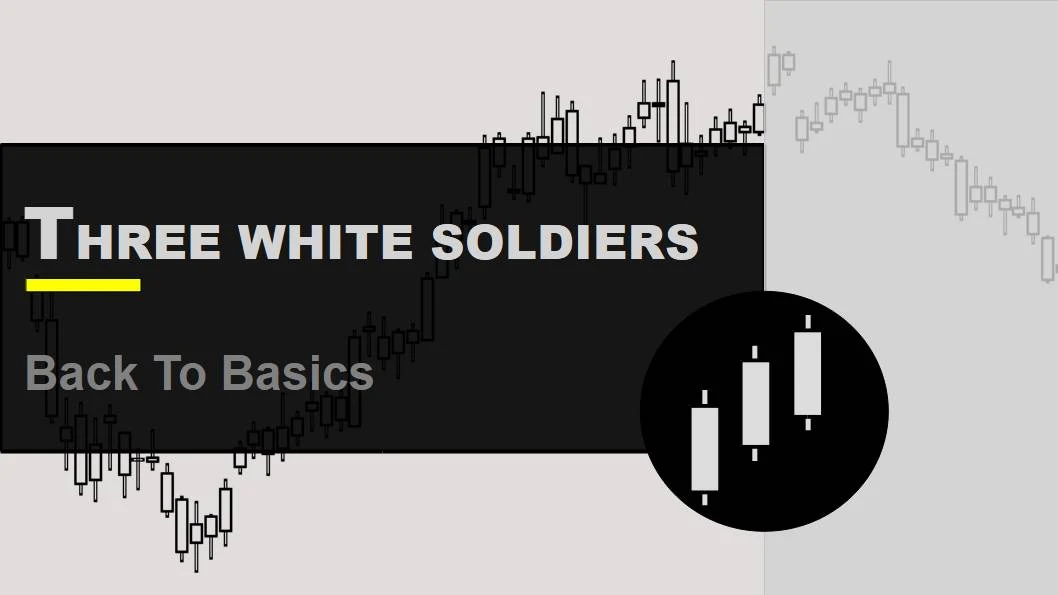Introduction to Piercing Candlestick Pattern

In this module, we are going to discuss the Piercing pattern, which gives a very strong signal of a trend reversal (probably to uptrend). We'll show you what this looks like, its characteristics, and valid conditions for this candle.
In addition, we'll look at the psychology behind the Piercing pattern and discuss predictions for the future.
The first thing we want to discuss with you is what a Piercing pattern is.
During a downtrend, a bullish candle opening below the previous red candle's close and closing above its midpoint is called a piercing pattern.
Piercing Candlestick Pattern Anatomy

Characteristics of a Piercing Pattern
| Feature | Character |
|---|---|
| Formation | The pattern is made of two candles. |
| Color | The first candle is red (bearish), and the second candle is green (bullish). |
| Real Body Position | The second candle opens lower but closes above the middle of the first candle's real body. |
| Shadow | Shadows are usually small or short on both candles. |
| Shadow Proportion | The real bodies of both candles are more important than the shadows in this pattern. |
| Range | The second candle’s range is bigger than the first but does not cover it completely. |
| Volatility | There is increased price movement, especially in the second candle, showing more market action. |
| Trend | Usually appears in a downtrend, signaling a possible change to an uptrend. |
| Momentum | Momentum shifts from sellers to buyers, showing the market might go up. |
| Symmetry | The second candle’s body partially overlaps the first, showing a semi-symmetrical structure. |
| Volume | The second candle might have higher volume, showing stronger buyer interest. |
Blueprint of a Piercing Pattern on chart

A Piercing Pattern occurs during a downtrend and indicates the possibility of a counter-trend, meaning a reversal to an uptrend.
Limitations of the Piercing Pattern
- False Signal: In highly volatile or sideways markets, the Piercing Pattern may generate false buy signals, leading to incorrect trade entries.
- Dependence on Confirmation: This pattern often requires additional confirmation through other indicators or candlestick patterns for accuracy.
- Movement: The Piercing Pattern typically reflects short-term bullish reversals rather than long-term trend changes.
- Market View: Its effectiveness is heavily influenced by the overall market trend and structure.
- Limited Use in Strong Trends: Less effective in strong bullish or bearish markets where continuation patterns dominate.
- Asset Variation: Success rates can differ across various financial instruments, requiring asset-specific analysis.
- Point of View: Traders may interpret the Piercing Pattern differently depending on their trading strategy and market outlook.
- Volume Factor: Low trading volume can weaken the reliability of this pattern, making volume a crucial consideration.
Next In Line



